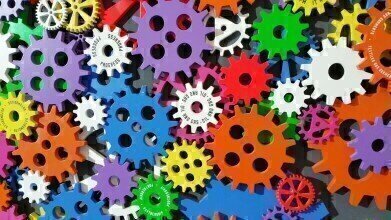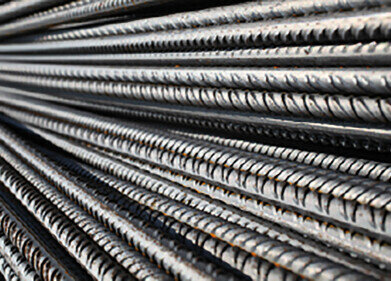Biofuel Industry News
What are the Different Types of Condition Monitoring?
Dec 14 2021
From car manufacturing plants and food processing factories to oil and gas refineries, condition monitoring is used to optimise mechanical performance. The term describes the process of measuring and monitoring different parameters to determine the state of machinery and equipment. Data is used to identify abnormalities and schedule repairs before an issue escalates. This allows operators to fine-tune mechanical performance and maximise efficiency across the board.
Below, we explore some of the different types of condition monitoring parameters used across a wide range of industries:
-
Oil samples and analysis
Oil samples can offer valuable insight into the condition of a machine and its components. Analysis is generally conducted offsite at specialised laboratories, where scientists test for traces of contaminants. Abnormally high levels of contaminants can reveal issues with combustion engines, hydraulic systems, power generating turbines and more. For example, debris found in lubricant could indicate component corrosion in another part of the machine.
-
Vibrations and tremors
Vibration monitoring is one of the most useful parameters for early diagnosis of mechanical irregularities. Accelerometers are used to track vibrations, generate real-time data and alert operators to any concerning variances. The highly sensitive technique is widely used to monitor machinery used across the green energy sector, including wind turbine drive train systems.
-
Infrared thermography
Infrared thermography is used to monitor temperature and detect changes in heat radiation. The technique is especially useful for monitoring machinery that is not visible to the naked eye, with infrared cameras and sensors used to scan machinery and monitor variations in heat radiation. For example, an isolated hotspot could expose excessive wear on a bearing or gear tooth fatigue, while a cool zone could reveal a water leak or crack in a fluid handling system.
-
Rust and corrosion
While most condition monitoring techniques rely on electronic sensors to track parameters, visual inspection is one of the best ways to detect rust and corrosion.
-
Acoustics and ultrasound
Small changes in acoustics can be used to prevent mechanical issues before they threaten productivity. Acoustic monitoring is a useful CM tool, though the high frequencies of the sensors do translate to increased data storage requirements. Ultrasound is another condition monitoring technique used to detect mechanical irregularities and pinpoint the root cause of an issue.
Keeping tabs on different mechanical parameters helps to reduce operational costs, prevent unnecessary repairs, slash energy use, extend the longevity of machinery and ultimately, maximise profits. Over the past decade, flash point tests have emerged as a valuable diagnostic tool. Find out more about the technique in ‘The Development of Flash Point Testing: A Highly Nuanced and Exact Science’.
For more information on condition monitoring in general, don't miss 'Condition Monitoring: Everything You Need to Know'.
Digital Edition
PIN 25.3 June/July
June 2024
Analytical Instrumentation - Recent Advances In Various Bench Scale Accelerated Oxidative Testing Methods For Fuels - Petrochemical Industry: Anton Paar Solutions Streamline Processes, Reduce H...
View all digital editions
Events
Jul 30 2024 Jakarta, Indonesia
Jul 30 2024 Jakarta, Indonesia
China Energy Summit & Exhibition
Jul 31 2024 Beijing, China
Jul 31 2024 Chengdu, China
Aug 05 2024 Moon Township, PA, USA


















